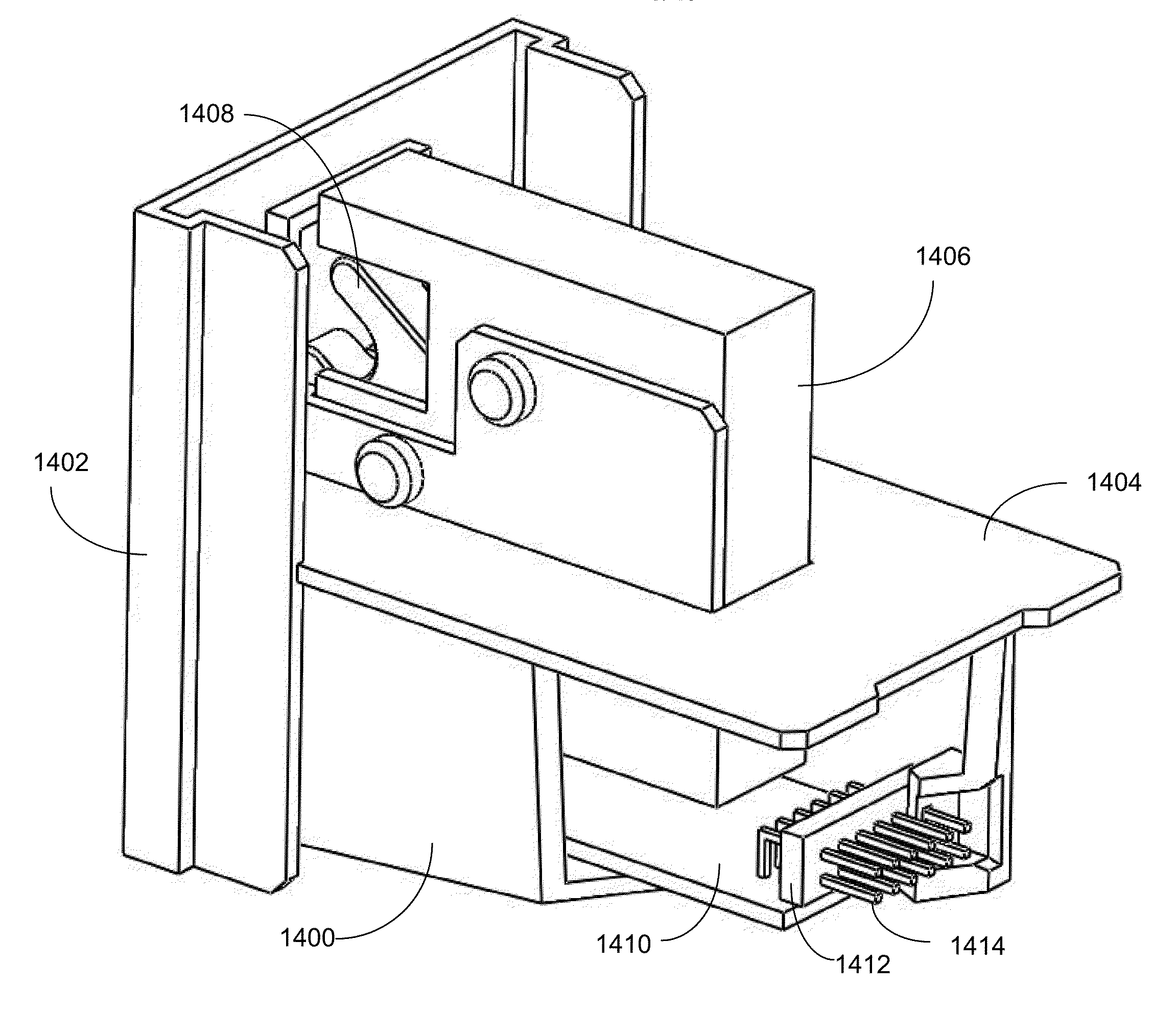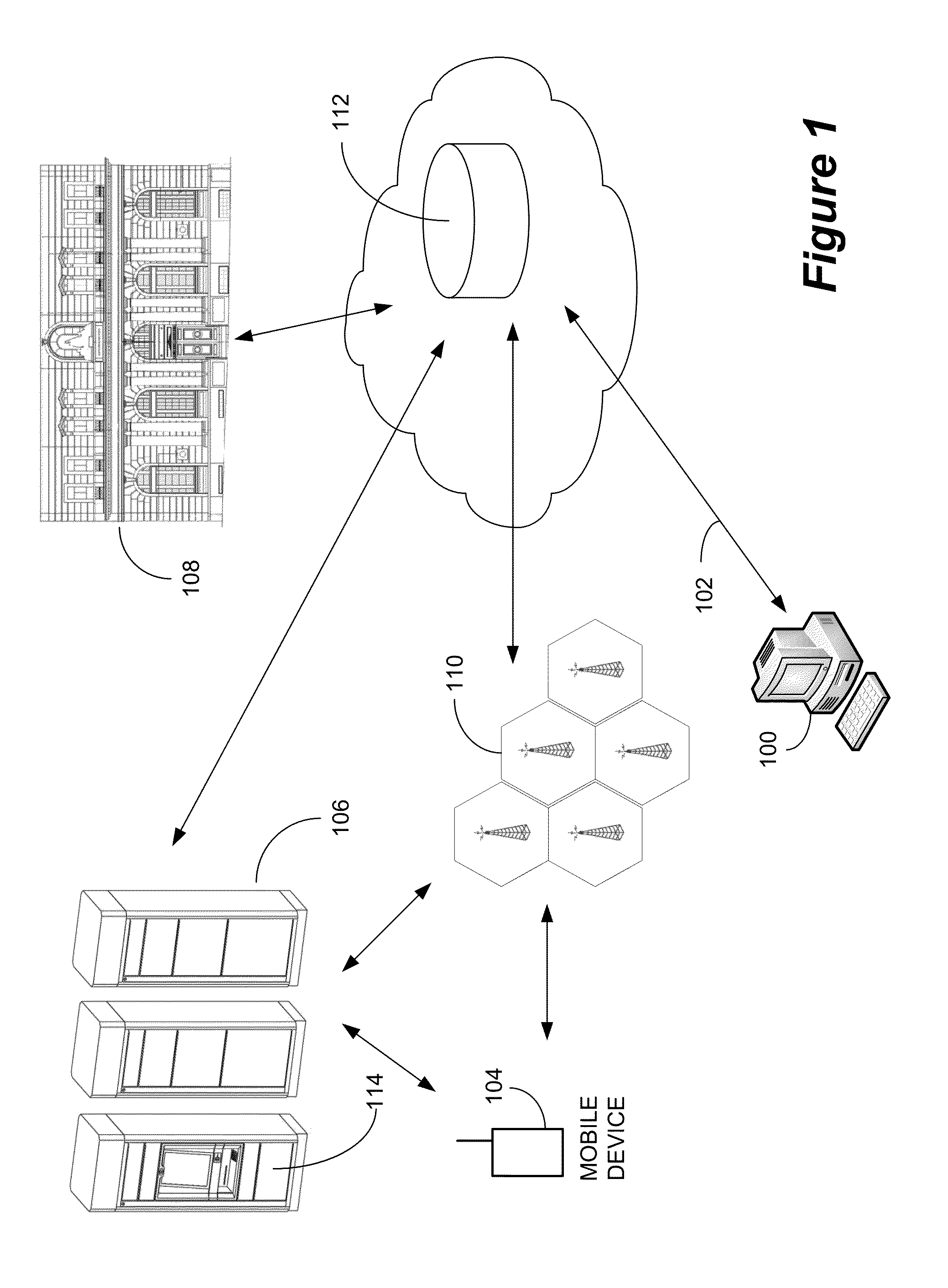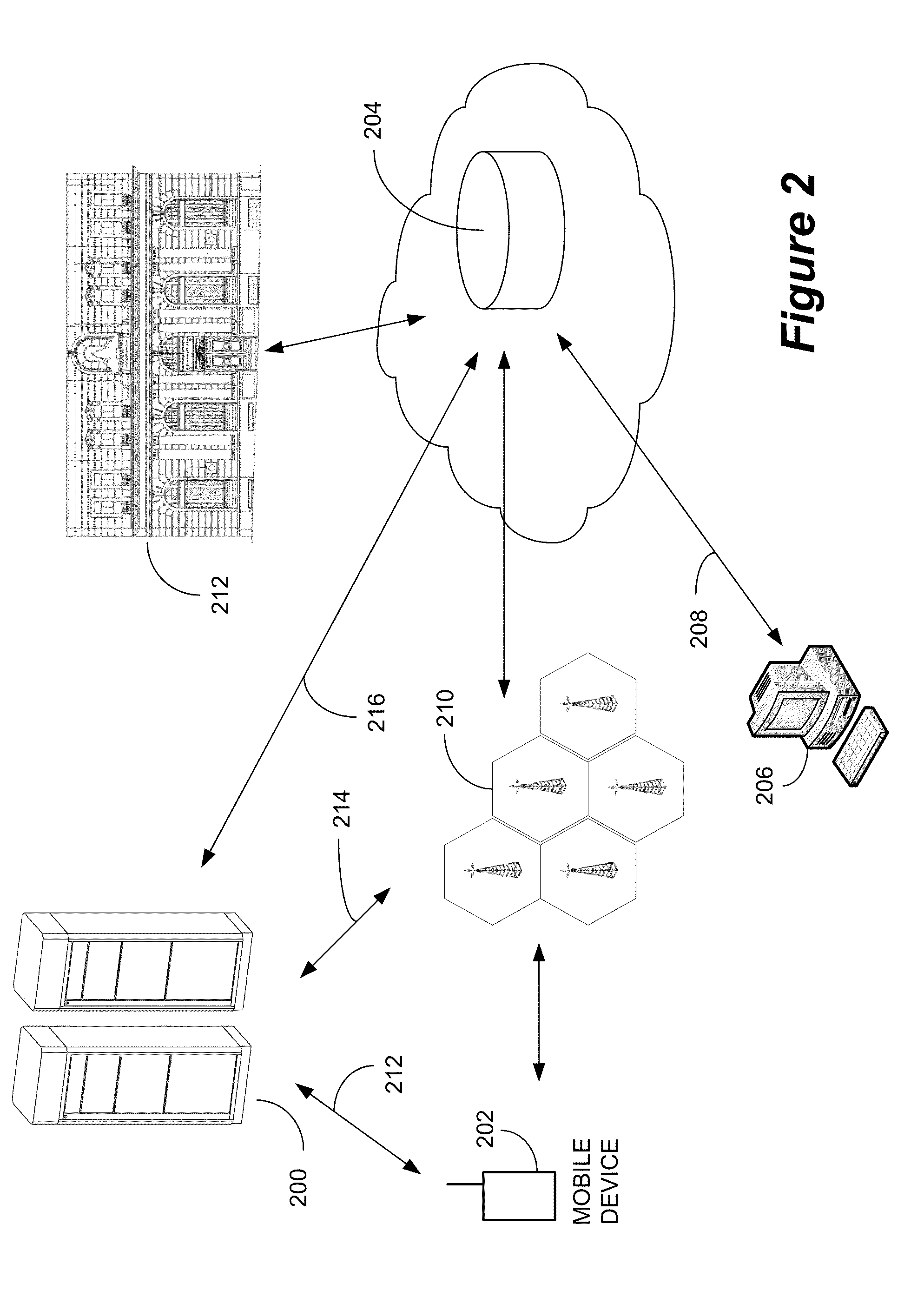Intelligent Reconfigurable Locker System
a locker system and intelligent technology, applied in the field of intelligent reconfigurable locker storage system, can solve the problems of conflict development, significant negative impact on the sales of traditional retailers, and the decline of the store service for retail shoppers, so as to facilitate reconfiguration, facilitate access, and facilitate the configuration of locker sizes
- Summary
- Abstract
- Description
- Claims
- Application Information
AI Technical Summary
Benefits of technology
Problems solved by technology
Method used
Image
Examples
Embodiment Construction
[0056]The increase in e-commerce activity is driving e-commerce goods suppliers to provide same day delivery service. These e-commerce providers are increasingly encouraging shippers to assist in same day goods delivery, engaging third parties to play this role or taking on the challenges of same day delivery by the e-commerce companies to enter the transportation business themselves with a new perspective on the e-commerce goods delivery business model. One way to enter into this business is for e-commerce goods sellers to take over the transportation aspects and ensure delivery of goods into the late evening or early morning hours or even into the weekends—essentially the e-commerce goods sellers are demanding delivery times during periods in which current shippers' business models do not support. The battle for the last mile or last several miles is a challenge that will increasingly force goods shippers to change their business models or will allow e-commerce goods sellers oppor...
PUM
 Login to View More
Login to View More Abstract
Description
Claims
Application Information
 Login to View More
Login to View More - R&D
- Intellectual Property
- Life Sciences
- Materials
- Tech Scout
- Unparalleled Data Quality
- Higher Quality Content
- 60% Fewer Hallucinations
Browse by: Latest US Patents, China's latest patents, Technical Efficacy Thesaurus, Application Domain, Technology Topic, Popular Technical Reports.
© 2025 PatSnap. All rights reserved.Legal|Privacy policy|Modern Slavery Act Transparency Statement|Sitemap|About US| Contact US: help@patsnap.com



